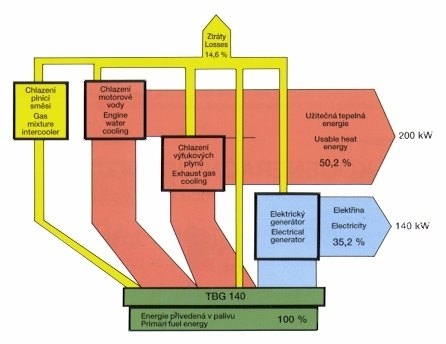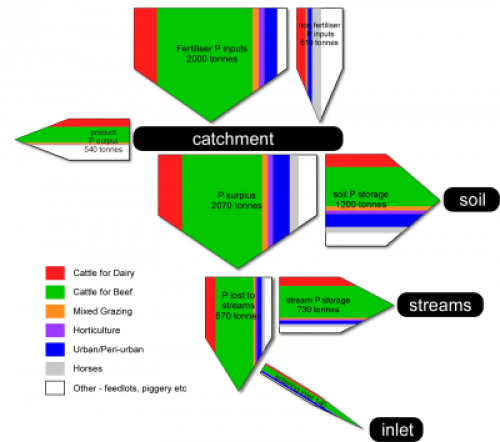DOEs Energy Information Administration (EIA) produces a lot of energy statistics, and they often use Sankey diagrams to illustrate energy flows.
One of their Sankey diagrams that dates back to 1999 has an interesting two-part structure. It actually is made up from two Sankey diagrams, which are connected by one flow. Values are in quadrillion BTUs.
The top part of the diagram shows electricity produced from various sources, losses along the production line, and the consumption of the electricity in the “Residential”, “Commercial” and “Industrial” sectors. This is structured very similarly to other Sankey diagrams EIA publishes annually (example).
The bottom part shows another Sankey diagram for electricity produced by ‘Nonutility Power Producers’. So what exactly are these NPPs?
A corporation, person, agency, authority, or other legal entity or instrumentality that owns electric generating capacity and is not an electric utility. Nonutility power producers include qualifying cogenerators, qualifying small power producers, and other nonutility generators (including independent power producers) without a designated franchised service area, and which do not file forms listed in the Code of Federal Regulations, Title 18, Part 141. (Source)
Half of the electricity produced by Nonutility Power Producers in 1999 was fed into the grid, while the other half was consumed on-site. I imagine these are typically larger industrial facilities, that have their own power generation. The fact that nuclear energy appears in this section does irritates me a little bit, but as this page explains, the reason is probably a nuclear reactor in a national research laboratory, that is accounted for here.





